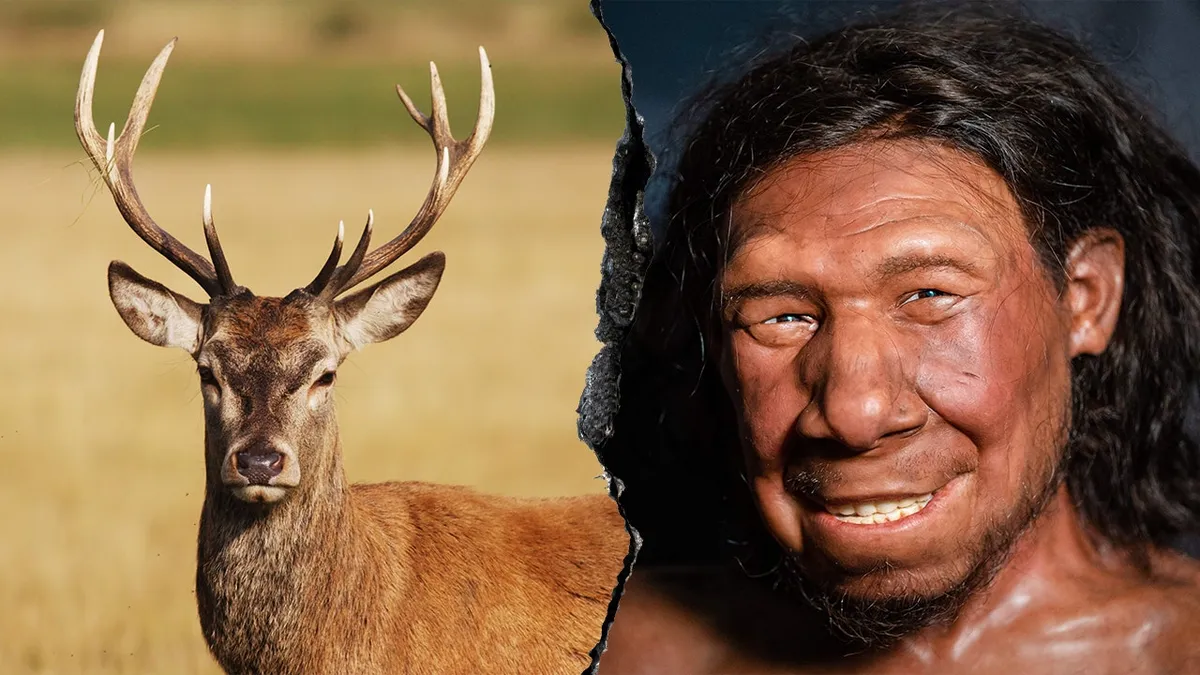
Recent archaeological findings in what is now modern-day Germany suggest that Neanderthals living approximately 125,000 years ago may have engaged in an advanced food preparation technique, effectively creating what scientists are calling a "fat factory." This groundbreaking research, published on July 2 in Science Advances, reveals that these early humans utilized a systematic approach to extract and consume animal fat, enhancing their nutritional intake.
The excavation site, located in a former lake landscape known as Neumark-Nord, has yielded thousands of bones from at least 172 large mammals, alongside various flint artifacts. The bones, dating back to an interglacial period inhabited by Neanderthals, primarily came from species such as red deer and horses. Researchers noted a fascinating distribution pattern: while many bones with less marrow were scattered across the site, the marrow-rich bones were found clustered together, leading to the identification of these sites as specialized fat processing areas.
According to the study, Neanderthals likely employed tools to break down bones into smaller pieces, which were then boiled for extended periods. This method allowed the fat to rise to the surface, where it could be skimmed off and consumed, providing a calorie-rich food source. This revelation pushes back the timeline for such practices, as evidence of similar fat extraction had previously only been traced back to 28,000 years ago.
Dr. Lutz Kindler, the first author of the study, emphasized that Neanderthals demonstrated remarkable resource management skills. They meticulously planned hunts, transported animal carcasses, and utilized specific areas for fat rendering. Their understanding of the nutritional value of fat and their efficient methods for obtaining it indicate a sophisticated level of planning and foresight. It is likely that they cached parts of carcasses in various locations for later use at the grease rendering sites.
Fat was a critical nutritional resource for Neanderthals, especially during the winter and spring when other food sources, such as carbohydrates, were limited. Their diet predominantly consisted of animal protein, which, if consumed in excess without other nutrients, could lead to a dangerous condition known as protein poisoning. The study highlights the importance of fat as a dietary component, particularly during harsh seasons.
The Neumark-Nord site is notable for its sheer size and the exceptional preservation of its artifacts, offering researchers a rare opportunity to examine how Neanderthals interacted with their environment, including both animal and plant life. Dr. Fulco Scherjon, the data manager and a computer scientist on the project, remarked on the uniqueness of the site, suggesting it opens up exciting avenues for future research.
In addition to their fat processing capabilities, recent research has also uncovered that Neanderthals engaged in other complex behaviors, such as diving for seashells to create cutting tools and potentially burying their dead with flowers. These findings collectively paint a more intricate picture of Neanderthal life and culture.
For more detailed insights into this fascinating research, stay tuned for updates as more discoveries are made in the field of archaeology.